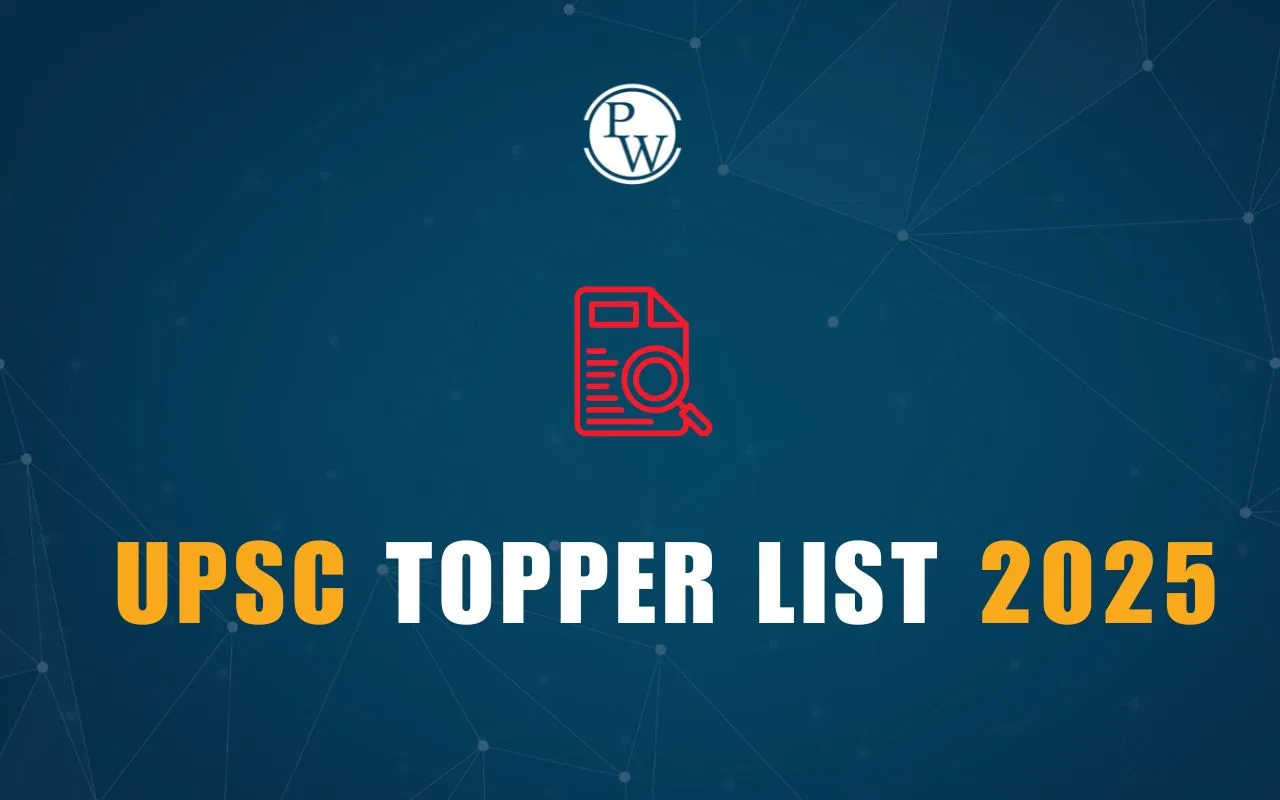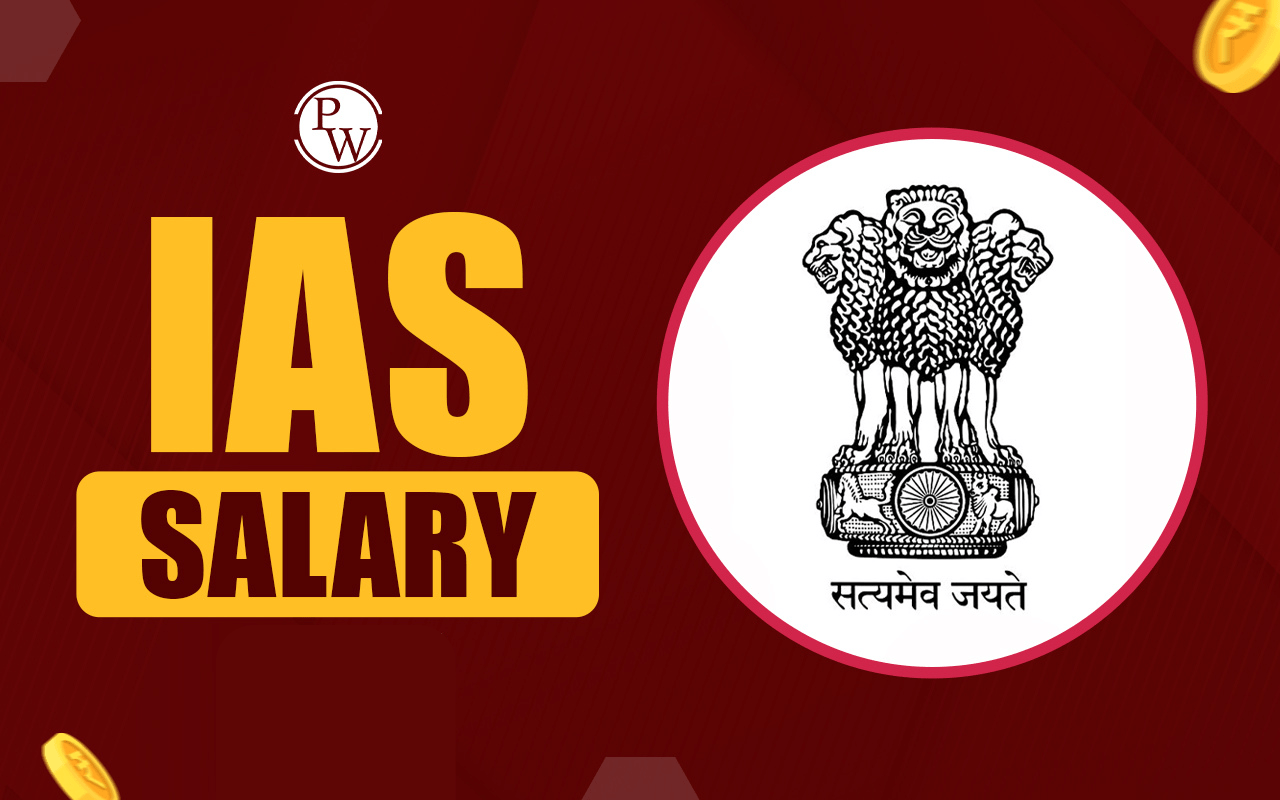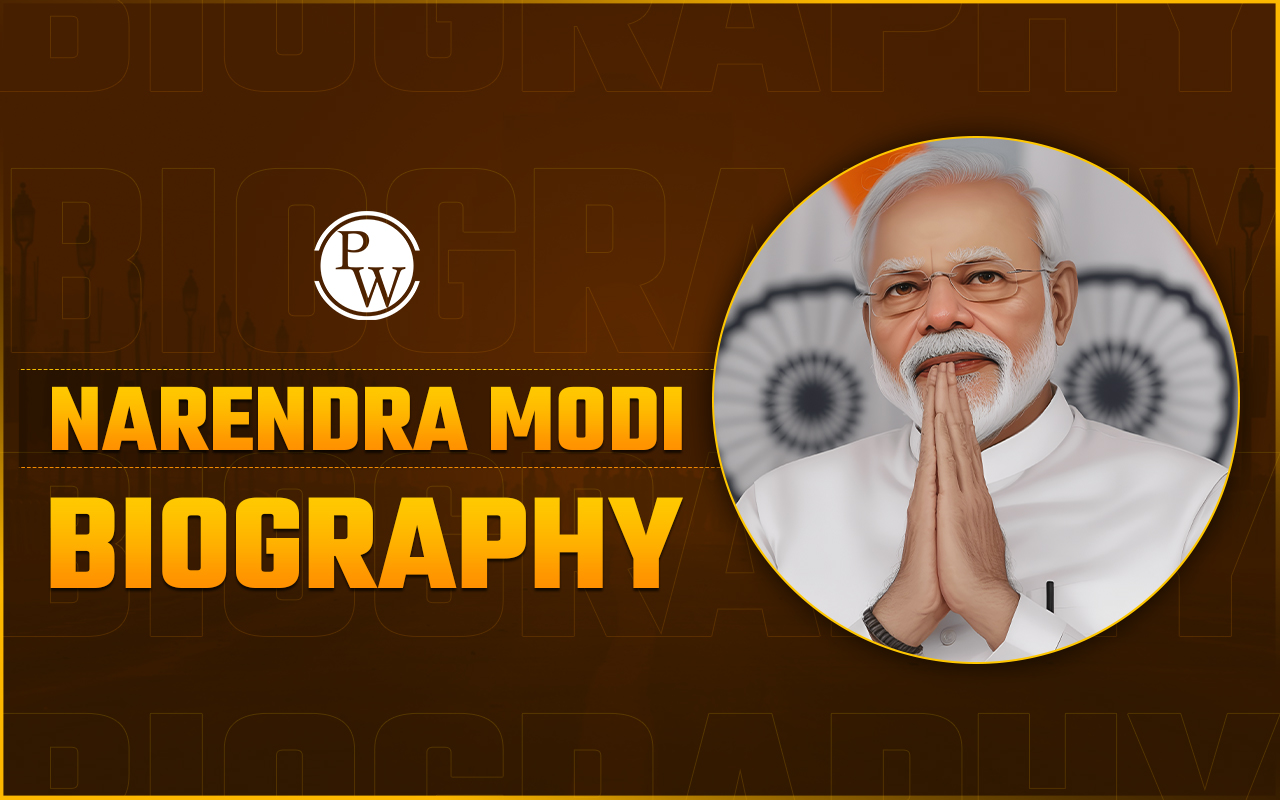
CV Raman Biography tells the story of an exceptional Indian physicist who brought international scientific acclaim to India. Sir Chandrasekhara Venkata Raman, commonly known as Sir C.V. Raman, was a brilliant scientist whose pivotal discovery, the Raman Effect, earned him the Nobel Prize in Physics in 1930.
His life's work laid the foundation for modern spectroscopy and contributed significantly to physics, making his journey essential knowledge for any candidate preparing for competitive exams.
C.V. Raman's Early Life and Education
Chandrasekhara Venkata Raman was born on November 7, 1888, in Tiruchirappalli (then Trichinopoly), Tamil Nadu, India.
-
Academic Background: His father, Chandrasekhara Iyer, was a lecturer in physics and mathematics, which created an academic environment that fueled Raman's early interest in science.
-
Prodigious Student: Raman was a child prodigy, completing his secondary education early.
-
University Achievements: He joined Presidency College, Madras (now Chennai) and excelled in his studies.
-
He earned his B.A. degree in 1904, achieving the first place and winning the gold medal in Physics.
-
He completed his M.A. degree in 1907 with the highest distinction.
-
First Publication: While still a student, he published his first research paper on the diffraction of light in the prestigious Philosophical Magazine in 1906.
From Civil Service to the Zenith of Academia
The career trajectory of C.V. Raman took an unexpected path before he fully committed to scientific research.
-
Initial Career: Due to limited opportunities for full-time scientific research in British India at the time, Raman joined the civil services in 1907 as an Assistant Accountant General in the Indian Finance Service in Calcutta (now Kolkata).
-
Part-time Research: Despite his administrative role, his true passion for science never waned. He continued to conduct independent research in his spare time at the Indian Association for the Cultivation of Science (IACS) in Calcutta.
-
Pivotal Shift: In 1917, Raman made a defining move, resigning from his government job to accept the esteemed Palit Chair of Physics at the University of Calcutta. This decision allowed him to fully dedicate himself to research and mentorship.
Discovery of the Raman Effect
The pivotal moment in the CV Raman Biography came from a simple observation made during a sea journey.
-
The Inspiration: While travelling to England in 1921, Raman pondered the deep blue colour of the Mediterranean Sea. He challenged the popular belief that the ocean's colour was merely a reflection of the sky, demonstrating that the blue hue resulted from the molecular scattering of sunlight within the water itself.
-
The Experiment: This curiosity spurred his intensive research into light scattering back in India, working with his student K. S. Krishnan.
-
The Breakthrough: On February 28, 1928, they discovered that when monochromatic light (light of a single wavelength) passes through a transparent material, the scattered light not only retains its original wavelength (Rayleigh scattering) but also contains faint lines of light with a slightly different wavelength and frequency. This phenomenon is known as the Raman Effect or Raman Scattering.
What is the Raman Effect?
The Raman Effect is the inelastic scattering of photons by matter. It shows that light, when interacting with a molecule, can exchange energy with that molecule, causing a shift in the light's wavelength (either gaining energy, anti-Stokes scattering, or losing energy, Stokes scattering).
-
This discovery was revolutionary because it confirmed the quantum nature of light and provided a new tool for understanding the molecular structure and composition of materials.
-
The day of the discovery, February 28, is celebrated as National Science Day in India.
-
For this monumental achievement, Sir C.V. Raman was awarded the Nobel Prize in Physics in 1930, becoming the first Asian to achieve this feat in the sciences.
Scientific Contributions of CV Raman
Beyond light scattering, C.V. Raman made significant advancements across various fields of physics.
-
Acoustics: A keen musician, he conducted pioneering studies on the acoustics of Indian classical percussion instruments like the tabla and mridangam, providing some of the first scientific explanations for their harmonic overtones.
-
Optics and Crystallography: His research covered the structure and properties of materials, including the optical behaviour of minerals like diamond, opal, and labradorite.
-
Raman-Nath Theory: Developed with N.S. Nagendra Nath, this theory explained the diffraction of light by ultrasonic sound waves, a principle used in modern acousto-optic devices.
-
Physiology of Vision: In his later years, his research interests included the study of the physiology of human vision and the colours of flowers.
Institution Building and Legacy
Sir C.V. Raman's influence was not limited to his discoveries; he was also a builder of Indian science institutions.
-
Indian Institute of Science (IISc): In 1933, he was appointed the Director of the Indian Institute of Science (IISc) in Bangalore. He became the first Indian to lead the institute, where he expanded research programs and mentored renowned scientists like Homi J. Bhabha.
-
Indian Academy of Sciences (IAS): He founded the Indian Academy of Sciences (IAS) in 1934 to promote scientific inquiry and served as its President from its inception.
-
Raman Research Institute (RRI): After retiring from IISc, he established the Raman Research Institute (RRI) in Bangalore in 1948, where he continued his research until his death.
Awards and Honours Received by Sir CV Raman
The monumental achievements detailed in the CV Raman Biography were recognised with numerous national and international accolades:
|
Awards and Honours Received by Sir CV Raman |
||
|
Year |
Award / Honour |
Country / Institution |
|
1924 |
Fellow of the Royal Society (FRS) |
UK |
|
1929 |
Knighthood (Sir) |
British Government |
|
1930 |
Nobel Prize in Physics |
Sweden |
|
1930 |
Hughes Medal |
UK |
|
1941 |
Franklin Medal |
U.S. |
|
1954 |
Bharat Ratna |
Government of India |
|
1957 |
Lenin Peace Prize |
Soviet Union |
CV Raman Biography FAQs
Why did C.V. Raman get the Nobel Prize?
When is the birth date of Sir CV Raman?
What is the significance of National Science Day with respect to the CV Raman Biography?
What were CV Raman's major contributions other than the Raman Effect?
Was CV Raman the first Indian to win a Nobel Prize in Science?







